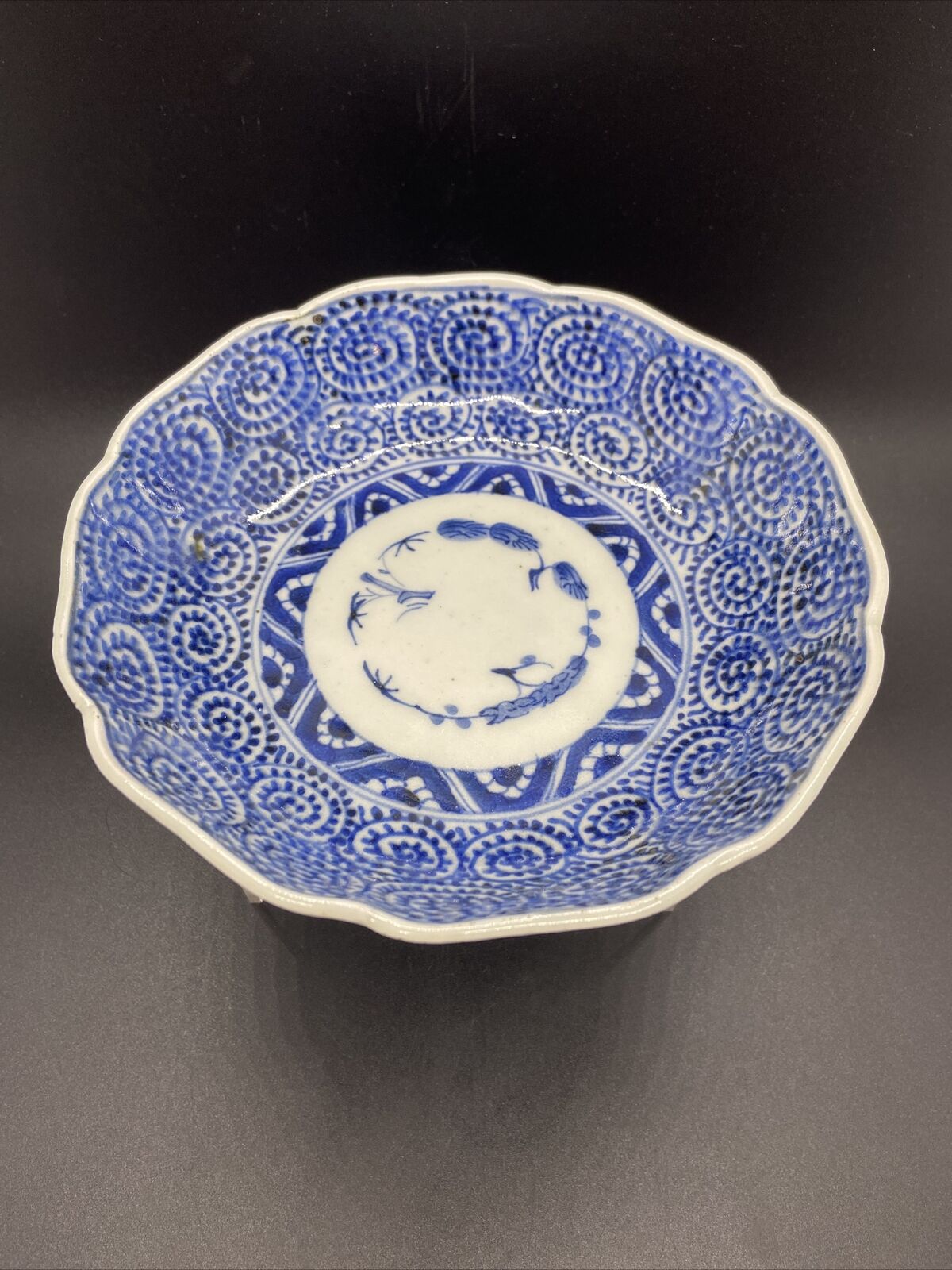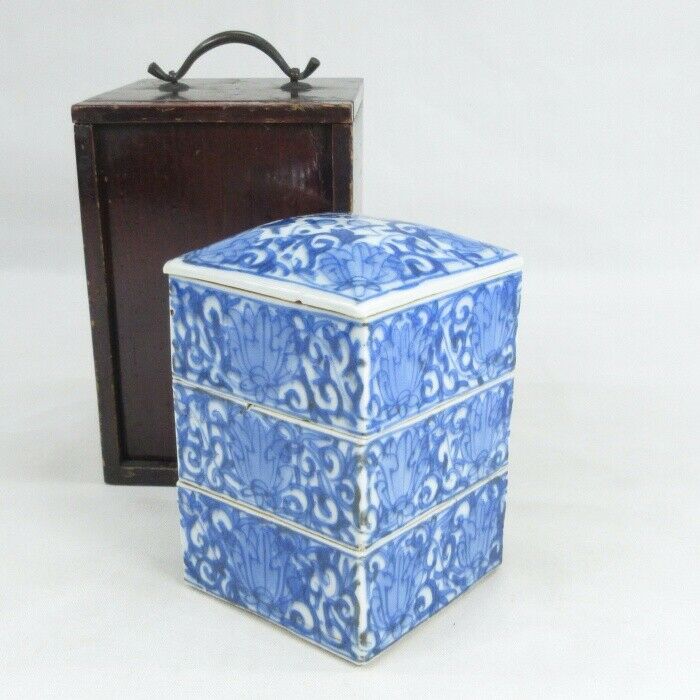-40%
$TL46: Vintage Japanese Lacquered Wooden Covered Bowls, GOLD MAKIE, Bamboo
$ 10.5
- Description
- Size Guide
Description
$TL46: Vintage Japanese Lacquered Wooden Covered Bowls, GOLD MAKIE, Bamboo$TL46: Vintage Japanese Lacquered Wooden Covered Bowls, GOLD MAKIE, Bamboo
Click images to enlarge
Description
We can ship WORLDWIDE !!!
The shipping cost discount for multiple purchases (In case of Registed SAL shipment) :
2-5 items : 30% Discount
6-10 items : 35% Discount
11 and more items : 40% Discount
1) ITEM DESCRIPTION
Condition :
As shown in the picture, it's very good condition. No chips, No cracks.
Size :
Dia. 4.7"(12.0cm) x Height 3.5"(9.0cm)
Item Description :
This is a pair of wooden covered bowls of Japanese lacquer ware, which was made about 70-80 years ago.
High quality Japanese lacquer covers the Natural wooden-based bowls (Not plastic ones).
Bamboos are molded and painted by the technique of Gold MAKIE on the lids.
(About MAKIE)
To create different colours and textures, maki-e artists use a variety of metal powders including gold, silver, copper, brass, lead, aluminum, platinum, pewter, as well as their alloys. Bamboo tubes and soft brushes of various sizes are used for laying powders and drawing fine lines. As it requires highly-skilled craftsmanship to produce a maki-e painting, young artists usually go through many years of training to develop the skills and to ultimately become maki-e masters. Kouami Douchou (1410-1478) was the first lacquer master linked to specific works. His maki-e works used designs from various Japanese contemporary painters. Kouami and another maki-e master, Igarashi Shinsai, were originators of the two major schools of lacquer-making in the history of Japan.
Takamakie (or "raised maki-e") is one of the three major techniques in maki-e making. Developed in the Muromachi Period (1336-1573), the technique of takamakie involves building up design patterns above the surface through a mixture of metal powder, lacquer and charcoal or clay dust.
Another special kind of maki-e is togidashi maki-e, where a black lacquer without oil is put on the metal decoration as an additional coat.
2) SHIPPING COST
a) USA: Airmail (
No tracking
)
US.8/ DHL Express mail US.0
b) ASIA, CHINA:
Airmail (
with tracking number
)
US.8/ DHL Express mail US.0
c) EUROPE, UK: Airmail (
with tracking number
) US.8/ DHL Express mail US.0
f) JAPAN: Takkyubin (with tracking) US.8
3) ABOUT SHIPPING METHODS
a) Airmail (No tracking) of JAPAN POST
Estimated Delivery time About 3-5 weeks
b) If Express mail (DHL, FedEx or EMS) is better for you, please ask us about shipping cost.
4) PAYMENT
Only Paypal payment is accetable. If you'd like an other payment method, please contact me before winning a bid.
Thank you for looking and happy bidding !
Get images that
make Supersized seem small.
Showcase your items with Auctiva's
Listing Templates!
THE simple solution for eBay sellers.
Track Page Views With
Auctiva's FREE Counter
















